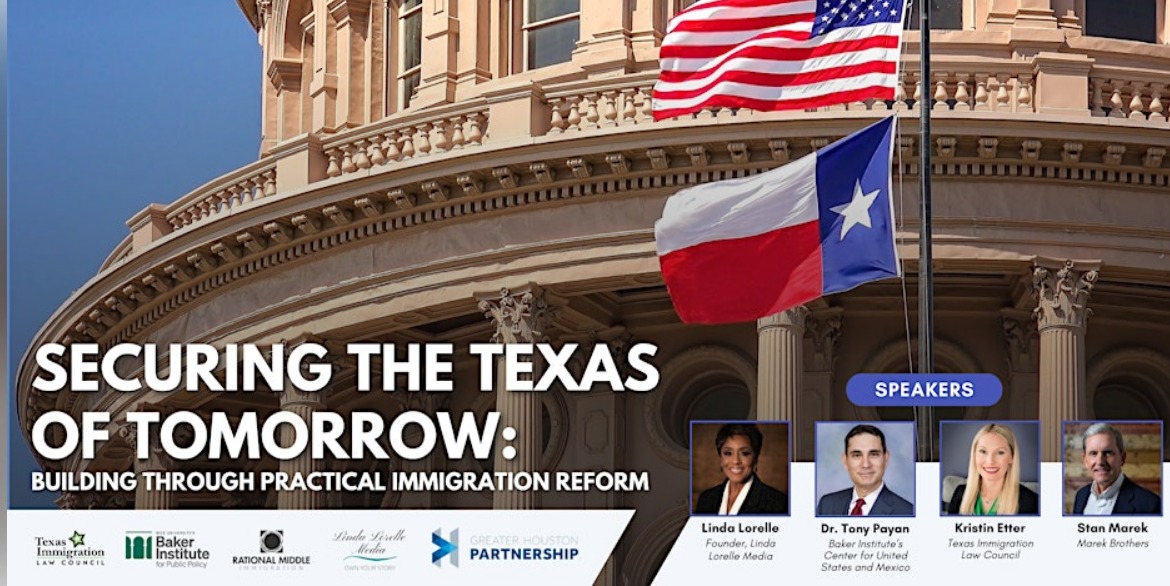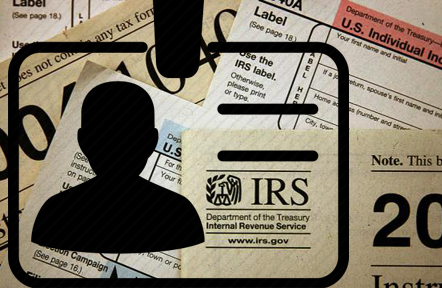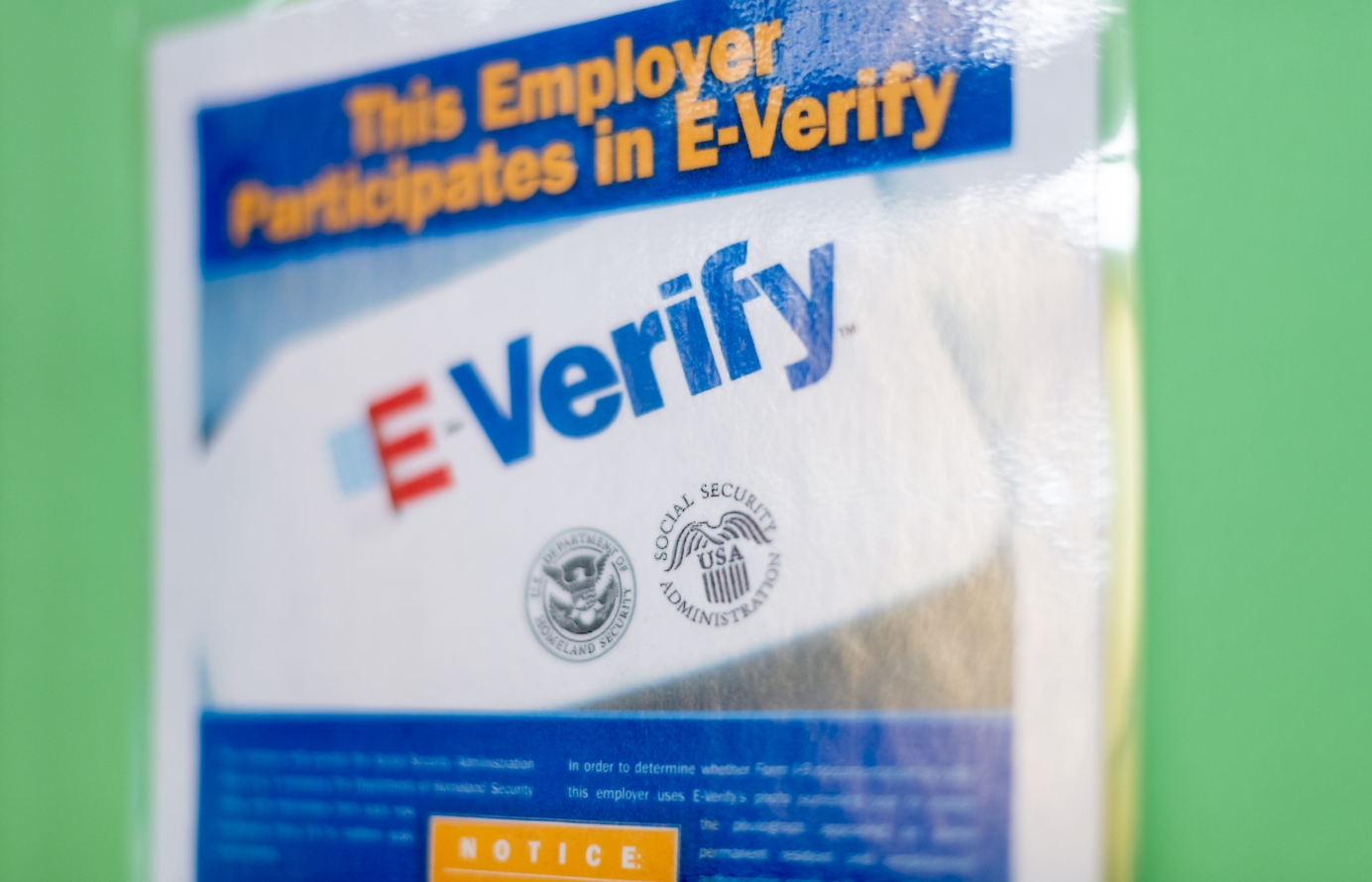Market-Based Visas: Problems, Criticisms, and Solutions
 Steven Kopits of Princeton Energy Advisors wrote a few criticisms of our proposal to sell Gold Cards through a market-based program that I’ve called an immigration tariff. An immigration tariff is an attempt, based largely on Nobel Prize-winning economist Gary Becker’s idea to sell visas, to create a market-based visa that accounts for many of the most trenchant criticisms of liberalized immigration. The idea is simply to create a new visa called a Gold Card without numerical quotas or caps. The Gold Card would supply permanent legal residency and work permission, but cannot be used to naturalize –like a green card lite. The government would then sell those Gold Cards for a price set with three goals in mind. Those goals are to make sure that the Gold Card is a net-fiscal windfall for the federal government, to outcompete human smugglers, and to create a more flexible immigration system that responds to the U.S. market demands.
Steven Kopits of Princeton Energy Advisors wrote a few criticisms of our proposal to sell Gold Cards through a market-based program that I’ve called an immigration tariff. An immigration tariff is an attempt, based largely on Nobel Prize-winning economist Gary Becker’s idea to sell visas, to create a market-based visa that accounts for many of the most trenchant criticisms of liberalized immigration. The idea is simply to create a new visa called a Gold Card without numerical quotas or caps. The Gold Card would supply permanent legal residency and work permission, but cannot be used to naturalize –like a green card lite. The government would then sell those Gold Cards for a price set with three goals in mind. Those goals are to make sure that the Gold Card is a net-fiscal windfall for the federal government, to outcompete human smugglers, and to create a more flexible immigration system that responds to the U.S. market demands.
The prices that I’ve recommended for the Gold Card are designed to more than offset the worst-case scenarios as outlined by the National Academy of Sciences fiscal cost projections by age of entry and education level for individual immigrants. This is an earnest and direct answer to a forceful conservative criticism of immigration based on its supposedly negative fiscal effect. Although I dispute the notion that immigrants are a net fiscal drain, that criticism is still politically popular and must be addressed in any final policy.
In most cases the prices for Gold Cards would compete favorably with human smugglers and drive most illegal immigrants and many asylum-seekers into the Gold Card market. A legal Gold Card visa guarantees legal work and residency, so long as the migrant doesn’t commit a deportable offense, while smuggling is an expensive and risky chance at potentially working illegally in the United States with the ever-present risk of deportation and abuse in the black market. Furthermore, the prices charged by human smugglers are not so much lower than Gold Cards in my mock tariff schedule. Lastly, an immigration tariff is the most market-friendly visa that still offers some protections for the U.S. labor market, the last point being politically necessary.
Kopits also combines some criticisms of Cato’s immigration tariff with that of the IDEAL immigration plan that charges $2500 a year for a work permit. The IDEAL plan has a lot of merit and it’s worth examining in detail, but I’m going to focus on the points that Kopits raises about Cato’s immigration tariff proposal here. I take Kopits’ criticisms seriously because he is a proponent of creating a market-based visa system for the United States, he has written thoughtfully on this and other immigration issues, and he’s a smart and respectable individual. Kopits’ criticisms are in quotes below and my responses follow.








